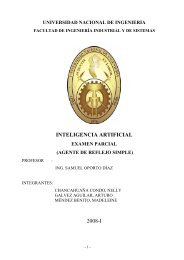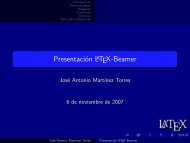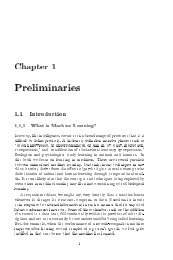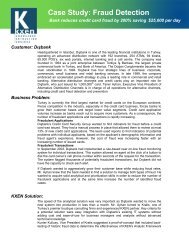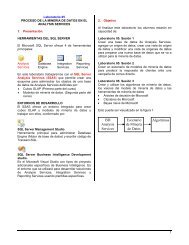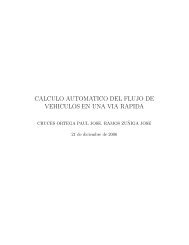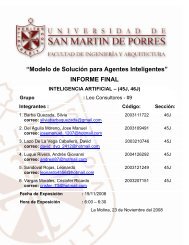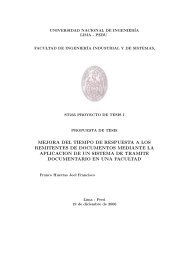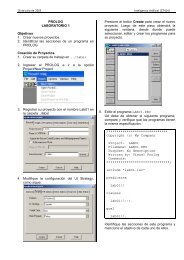2 Credit Card Fraud Detection using Hidden Markov ... - Wiphala.net
2 Credit Card Fraud Detection using Hidden Markov ... - Wiphala.net
2 Credit Card Fraud Detection using Hidden Markov ... - Wiphala.net
You also want an ePaper? Increase the reach of your titles
YUMPU automatically turns print PDFs into web optimized ePapers that Google loves.
This article has been accepted for publication in a future issue of this journal, but has not been fully edited. Content may change prior to final publication.IEEE TRANSACTIONS ON DEPEDABLE AND SECURE COMPUTINGLet O R+1 be the symbol generated by a new transaction at time t + 1. To form another sequenceof length R, we drop O 1 and append O R+1 in that sequence, generating O 2 , O 3 ,..O R , O R+1 as thenew sequence. We input this new sequence to the HMM and calculate the probability ofacceptance by the HMM. Let the new probability be 2 . 2 = P(O 2 , O 3 , O 4 ,… O R+1 | ) (12)Let = 1 - 2 (13)If > 0, it means that the new sequence is accepted by the HMM with low probability and itcould be a fraud. The newly added transaction is determined to be fraudulent if the percentagechange in the probability is above a threshold, i.e., / 1 Threshold (14)The threshold value can be learnt empirically as will be discussed in the next section. If O R+1 ismalicious, the issuing bank does not approve the transaction and the FDS discards the symbol.Otherwise, O R+1 is added in the sequence permanently and the new sequence is used as the basesequence for determining the validity of the next transaction. The reason for including new nonmalicioussymbols in the sequence is to capture the changing spending behavior of a cardholder.Figure 2 shows the complete process flow of the proposed FDS. As shown in the figure, the FDSis divided into two parts - one is the training module and the other is detection. Training phase isperformed off-line while detection is an on-line process.17



